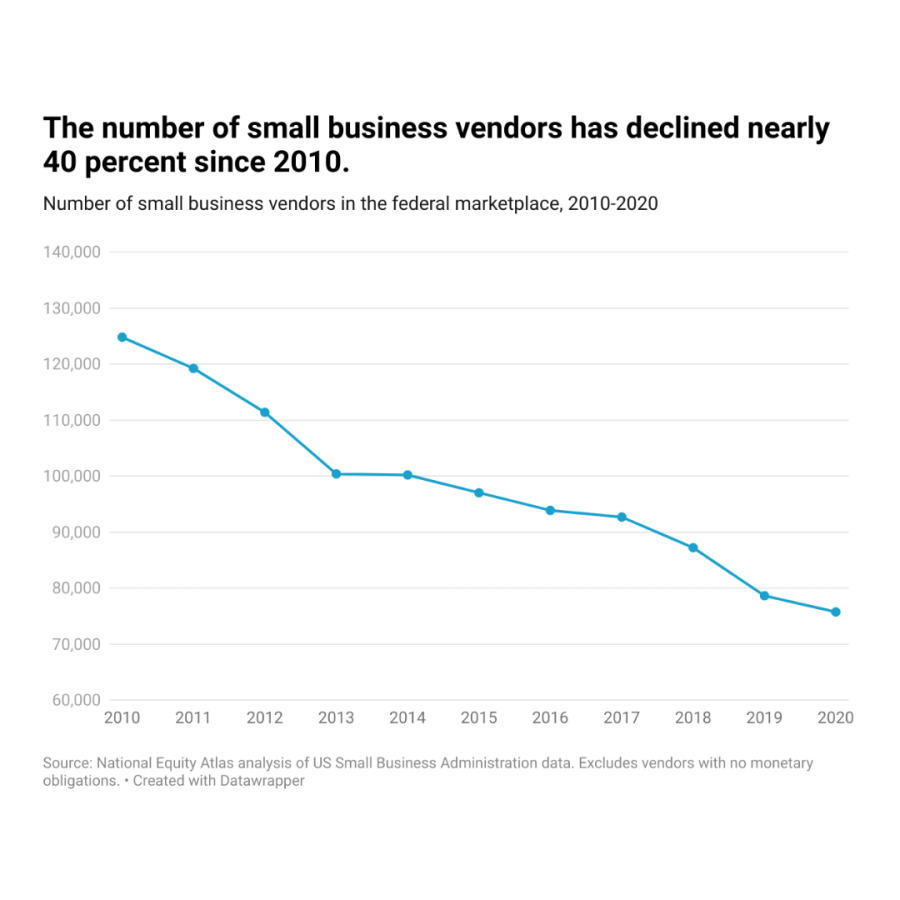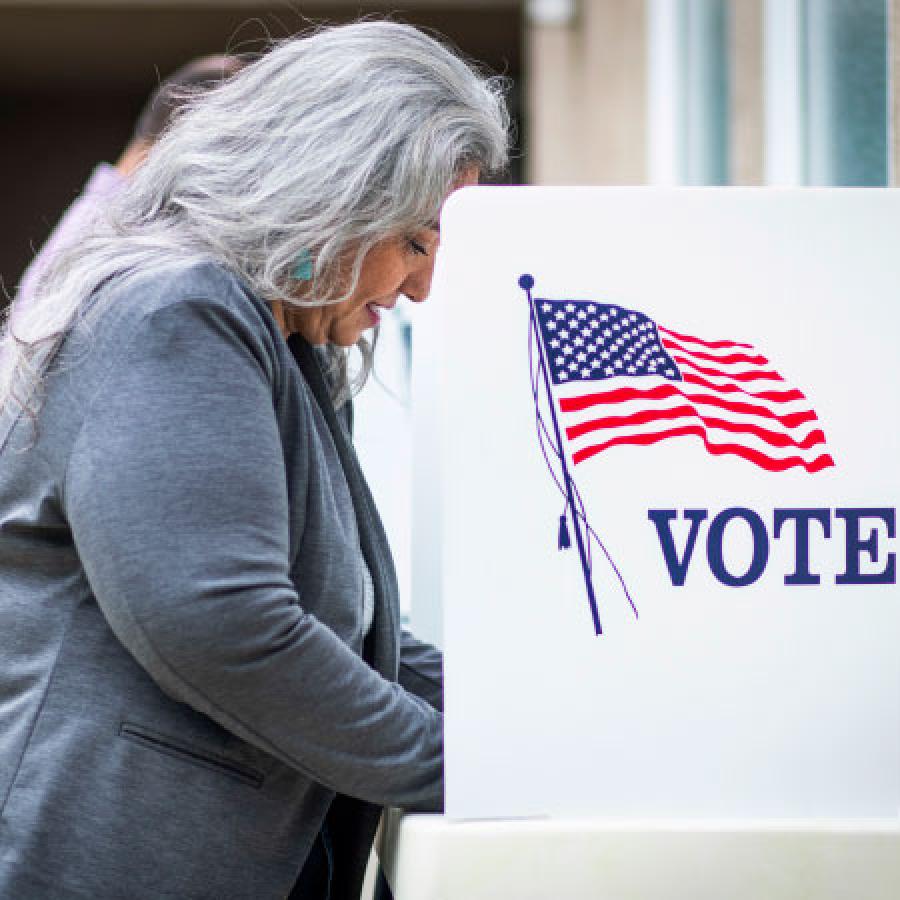A Profile of Frontline Workers in Santa Clara County
Our analysis of the demographics of the essential workforce in Santa Clara County reveals that the workers on the frontlines of the pandemic are disproportionately Latinx, Filipinx, Vietnamese, and women of color, and face economic vulnerabilities.
The coronavirus is disproportionately impacting populations, locally and nationally, including those who are low-income, Black and Latinx, and people with underlying health conditions. In Santa Clara County, Latinx residents account for 27 percent of the population but 38 percent of those who tested positive for the virus, according to county data. A recent study showed that early deaths from COVID-19 hit residents in four East San Jose zip codes, which are largely Latinx, particularly hard. One-third of early COVID-19 deaths in the county occurred in these four zip codes alone. These are the neighborhoods where residents grapple with high poverty and where local leaders have gone on record citing the lack of protective gear, health insurance, and inadequate health care for essential workers.
Our analysis of the demographics of frontline workforce in Santa Clara County reveals that these workers are more likely to live in or near poverty, pay too much for housing, and lack health insurance. The data in this post draws from our Profile of Frontline Workers in the Bay Area, based on data from the 2014-2018 American Community Survey provided by the Center for Economic and Policy Research. You can access the data for Santa Clara County here.
There are 245,500 essential workers in Santa Clara County — one-quarter of all county workers — spread across 11 industries, largely in health care, manufacturing, construction, grocery, and childcare and social services.
Latinx workers account for nearly one quarter of the workforce in Santa Clara County (24 percent) but are overrepresented in frontline industries (36 percent). Latinx workers are heavily concentrated in agriculture (77 percent), building cleaning services and waste management (76 percent), construction (63 percent), and domestic work (58 percent). This trend was similar regionwide, but Latinx overrepresentation in these industries was higher in Santa Clara County.
Although not overrepresented in essential industries overall, Asian or Pacific Islander (API) and Black workers are concentrated in specific frontline industries in the county. API workers account for 37 of all workers in the county but are overrepresented in manufacturing (45 percent) and health care (44 percent). API workers regionwide are similarly concentrated in health care and manufacturing, as well as in the trucking, warehouse, and postal service industry. Black workers account for 3 percent of workers in the county but are concentrated in the public transit (7 percent) and trucking, warehouse, and postal service (6 percent) industries, which is similar to regional trends.
White workers are not concentrated in essential industries overall but in utilities specifically, an industry with higher median earnings and a higher share of college educated workers, compared with other essential industries. This mirrors regional trends.
Immigrants account for about half (48 percent) of the workforce in Santa Clara County and a comparable share of the essential workforce (49 percent). Within specific industries however, including building cleaning services and waste management (67 percent) and domestic work (67 percent), immigrants account for the majority of workers. This is also the case, but to a lesser degree, in the agricultural (55 percent) and construction (55 percent) industries. At the regional level, immigrants account for well below half (37 percent) of the workforce and are concentrated in these and several other essential industries.
Women of color in the county account for a larger share of the essential workforce (37 percent) than the workforce overall (30 percent). This was also the case for the region overall. Specifically, Asian or Pacific Islander women account for 16 percent of all Santa Clara County workers but 31 percent of health-care workers, 26 percent of childcare and social services workers, and 21 percent of workers in select manufacturing industries. Latina workers account for 11 percent of the county’s workforce, but 43 percent of building cleaning and waste management workers, 27 percent of childcare and social services workers, 24 percent of agricultural workers, and 20 percent of workers in the grocery industry. Black or African American women account for only 1 percent of the workforce in Santa Clara County, but triple the share in the childcare and social services (3 percent) and health care (3 percent) industries.
“I am in greater demand, spread thin, stressed out. I have been working, as an essential worker. My young adult children have not and require financial assistance.”
– Nurse, Los Gatos, Santa Clara County
Latino men, who account for 14 percent of the county’s workforce are also heavily concentrated in frontline industries: 62 percent of construction workers, 52 percent of agricultural workers, 37 percent of trucking, warehouse, and postal service workers, 33 percent of building cleaning services and waste management workers, and 22 percent of workers in the grocery industry. These county trends reflect trends at the regional level.
As a group, Asian workers in Santa Clara County are underrepresented in frontline industries. This is the case regionally, although to a lesser degree. Within the county’s Asian population, Vietnamese and Filipinx workers are overrepresented in most essential industries. Similar trends exist Bay Area wide for Filipinx workers but not Vietnamese workers. Santa Clara County Vietnamese workers account for 18 percent of Asian workers in the county but are overrepresented among these workers in several essential industries: construction (38 percent); childcare and social services (29 percent); trucking, warehouse, and postal service (26 percent); utilities (26 percent); manufacturing (25 percent); grocery (24 percent); and others. Santa Clara County Filipinx workers account for 15 percent of Asian workers in the county but are overrepresented among Asian workers in nearly every industry except for construction (12 percent). This was generally the case for Filipinx workers regionwide as well.
Chinese workers account for 26 percent of all Asian workers in the county but are underrepresented among Asian workers in essential industries overall. Chinese workers are heavily concentrated among Asian agricultural workers (42 percent), however. At the regional level, Chinese workers are more likely to be concentrated in construction than agriculture. Korean workers are 4 percent of Asian workers in Santa Clara County but are underrepresented among Asian workers in essential industries. Korean workers account for 9 percent of Asian workers in construction, a higher share than regionwide.
Indian workers account for over one-quarter of the Asian workforce in Santa Clara County, but are generally not overrepresented in essential industries (and therefore not included in the chart above).
Santa Clara County essential workers are more economically and socially vulnerable than workers overall. They are more likely to lack college degrees, rent rather than own their home, pay more than they can afford in rent, and work part time. They are also more likely to care for a senior at home, live in or near poverty, and lack English proficiency, health insurance, and internet access. Sixteen percent of all frontline workers live below 200 percent of the poverty level (about $48,000 for a family of four) compared with 12 percent of all workers. Frontline workers also earn less: These workers have median earnings of $55,935 compared with $79,076 across all industries. These figures largely match regional trends.
Essential workers are more likely to lack health insurance (8 percent) compared with workers overall (6 percent), but even more stark are the uninsured rates within frontline industries. Workers that are particularly vulnerable include those in the agricultural, construction, building cleaning services and waste management, and domestic work industries, where the uninsured rates are as high as 21 percent (agricultural industry). Regionwide, these same industries have the highest uninsured rates.
For frontline workers to be healthy and economically secure they need proper protective gear and testing, paid sick leave and affordable health care, living wages, childcare and elder care, and secure housing. Santa Clara County is now offering free COVID-19 testing for all residents 18 years of age and older regardless of symptoms, which is a step in the right direction. South Bay representative Assemblymember Ash Kalra and state and local leaders have introduced two proposals to bolster workers’ rights and protect working families:
- AB 3216 would provide emergency paid sick leave, expand access to family leave, and create a right of recall for workers laid off in industries impacted by COVID-19.
- A partial income replacement program for undocumented workers who experienced COVID-19 job losses and were excluded from state and federal unemployment benefits. This proposal is supported by a state coalition of worker and immigrant rights organizations with the Safety Net for All coalition.
Learn more about actions that employers and state and local government should take to support frontline workers and provide for the common good.


